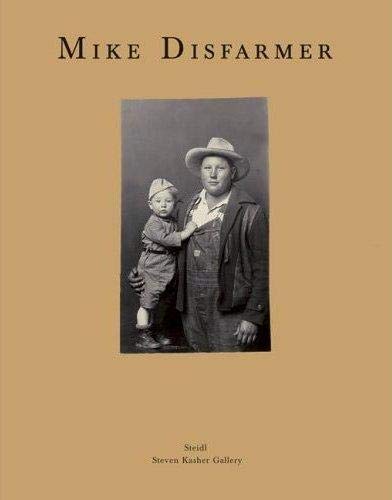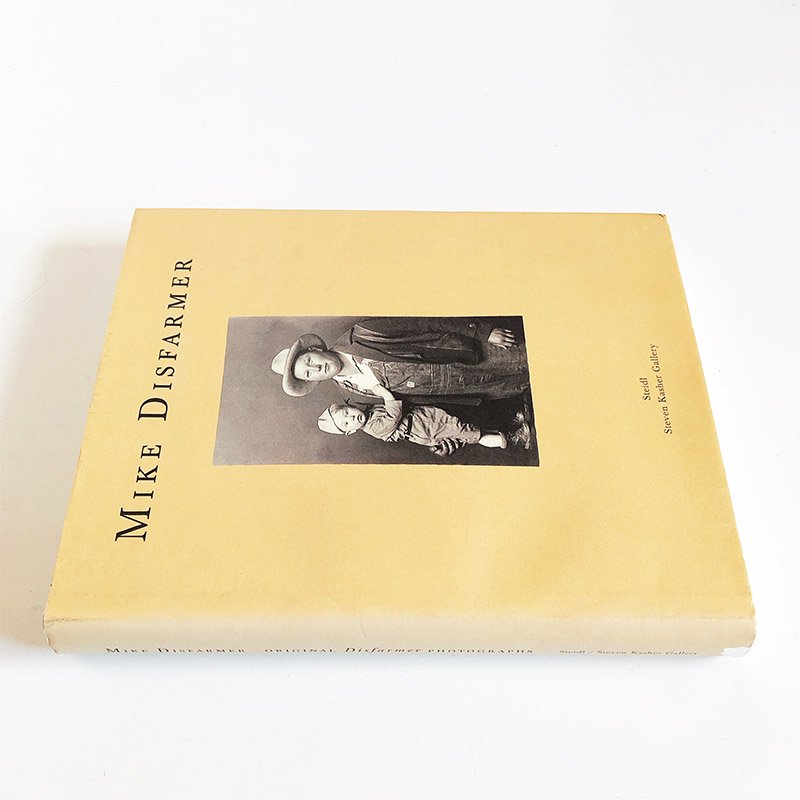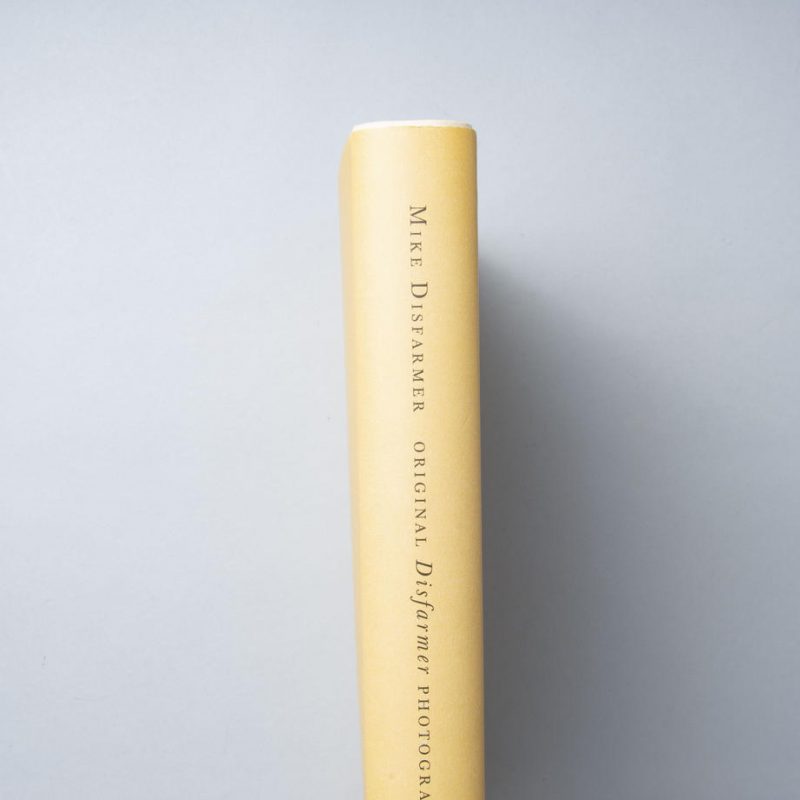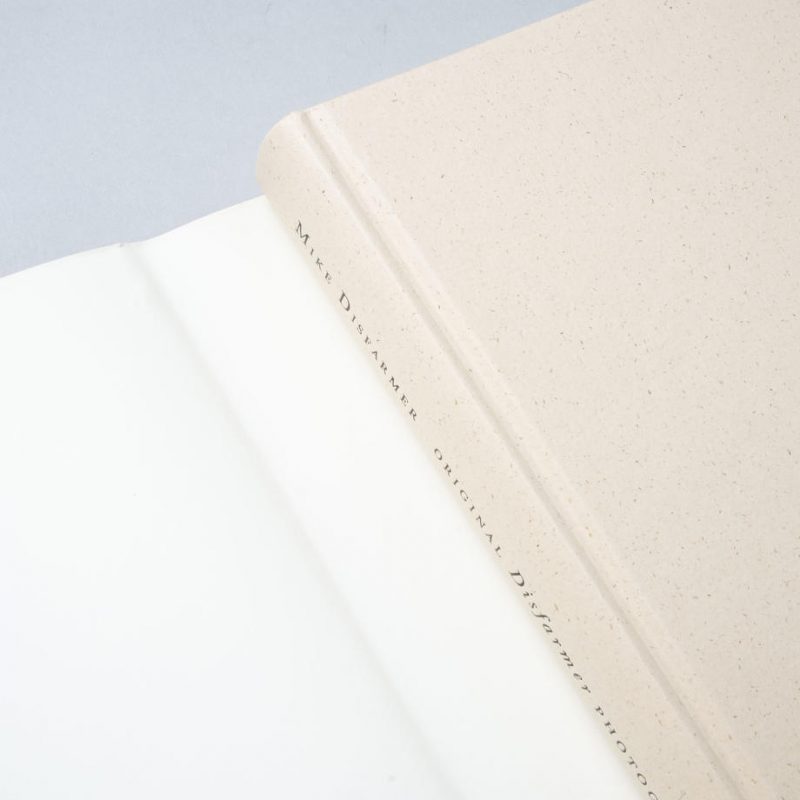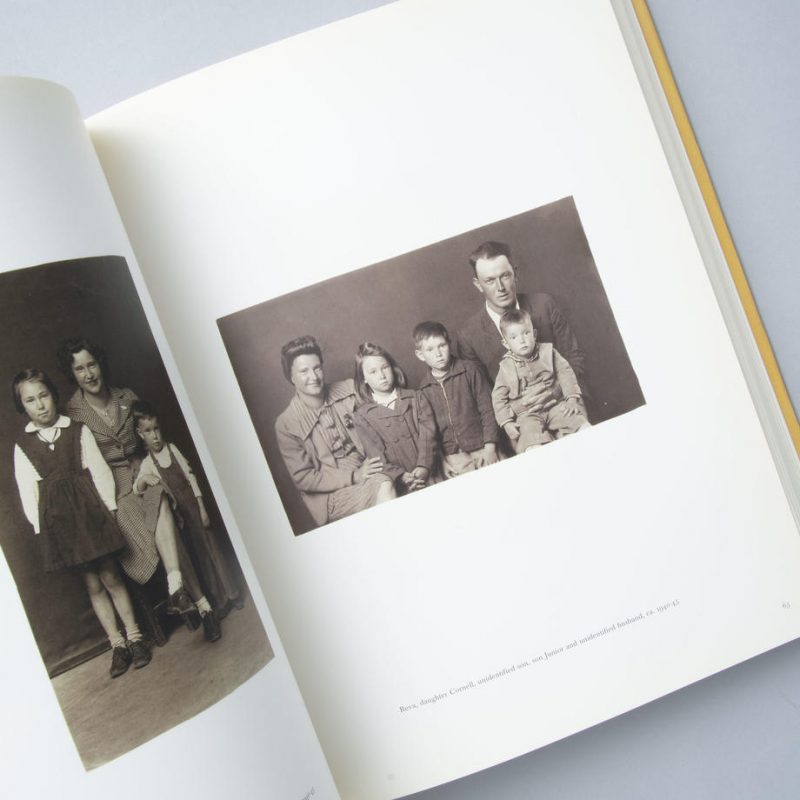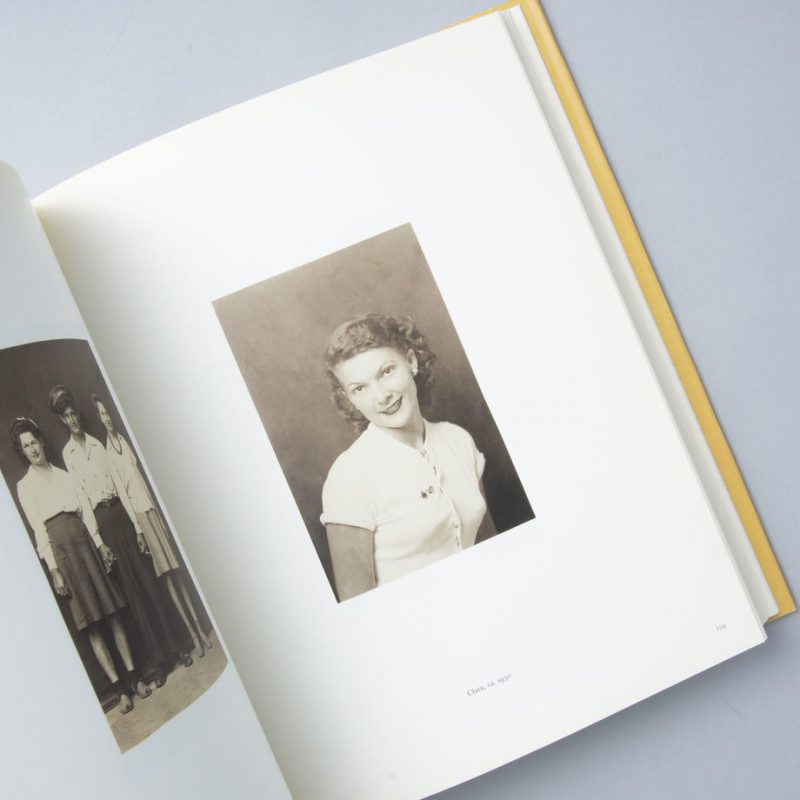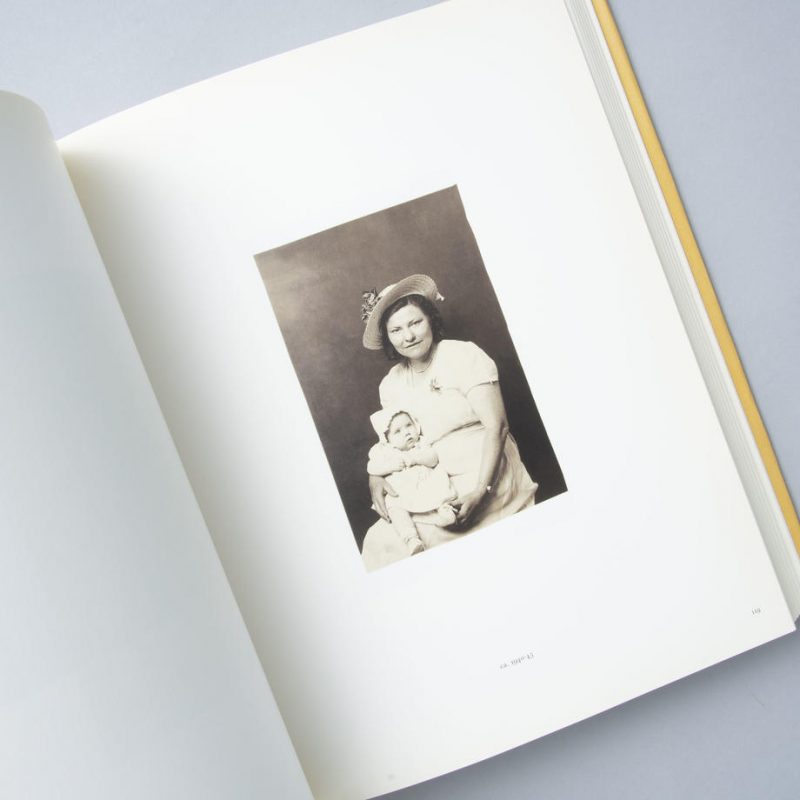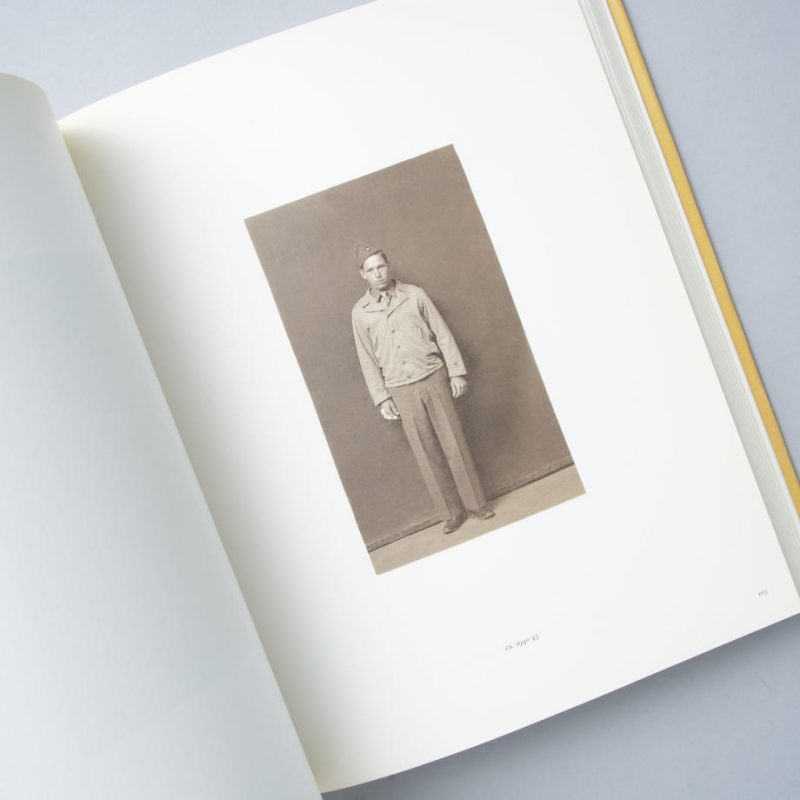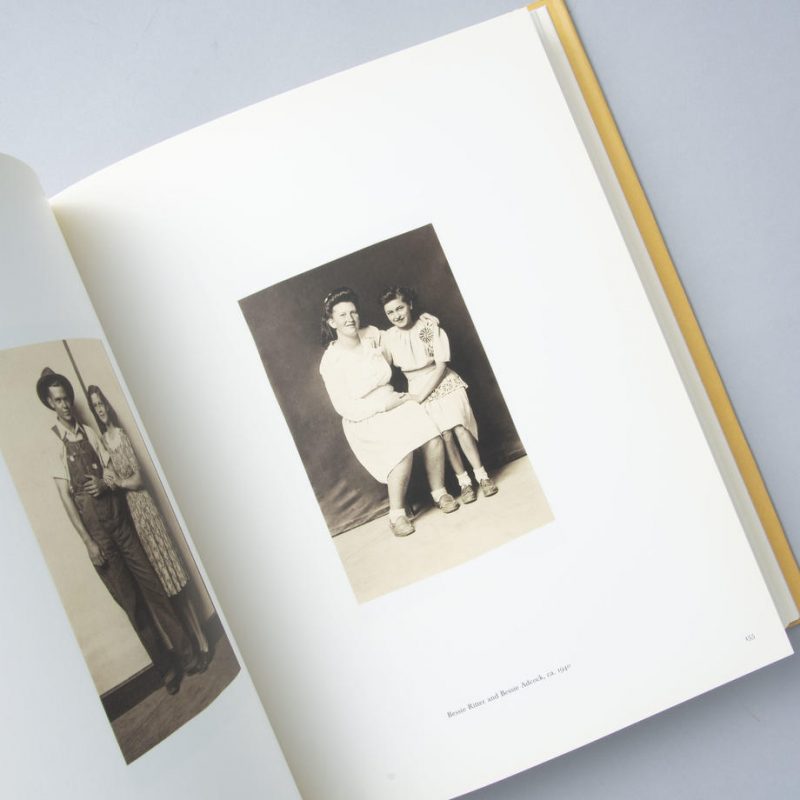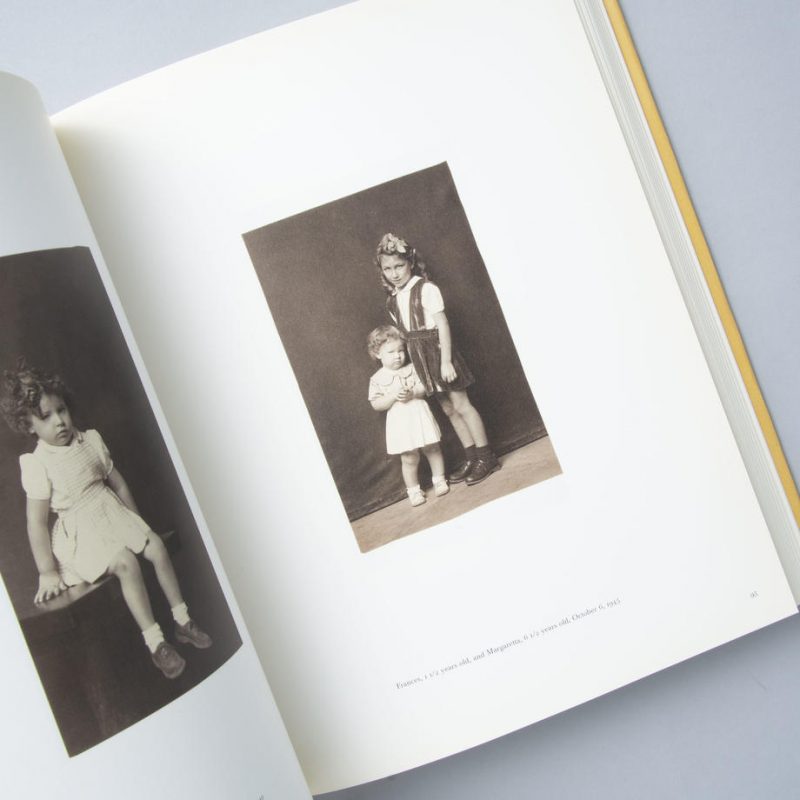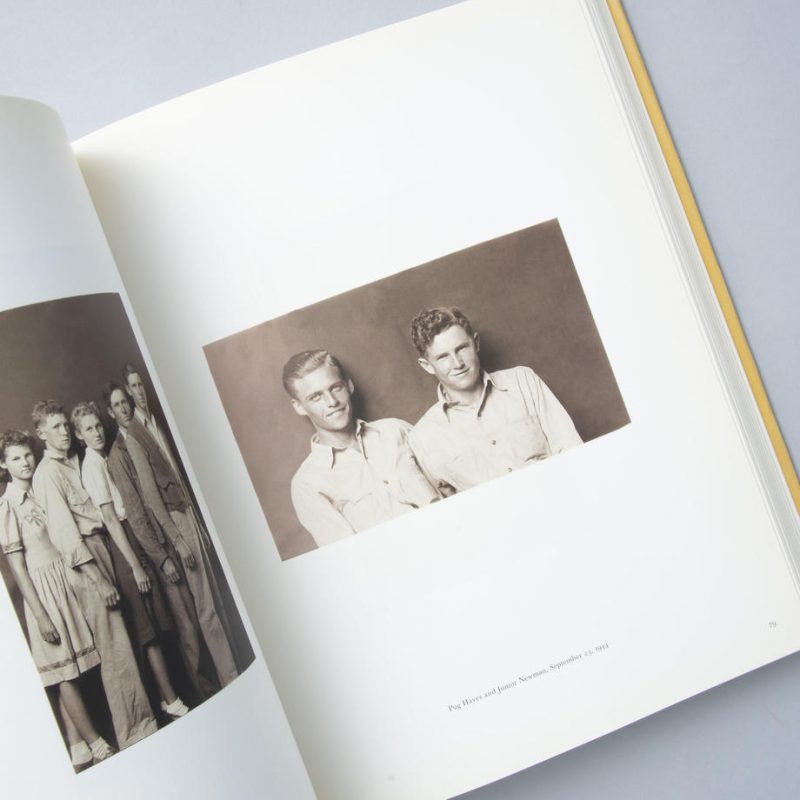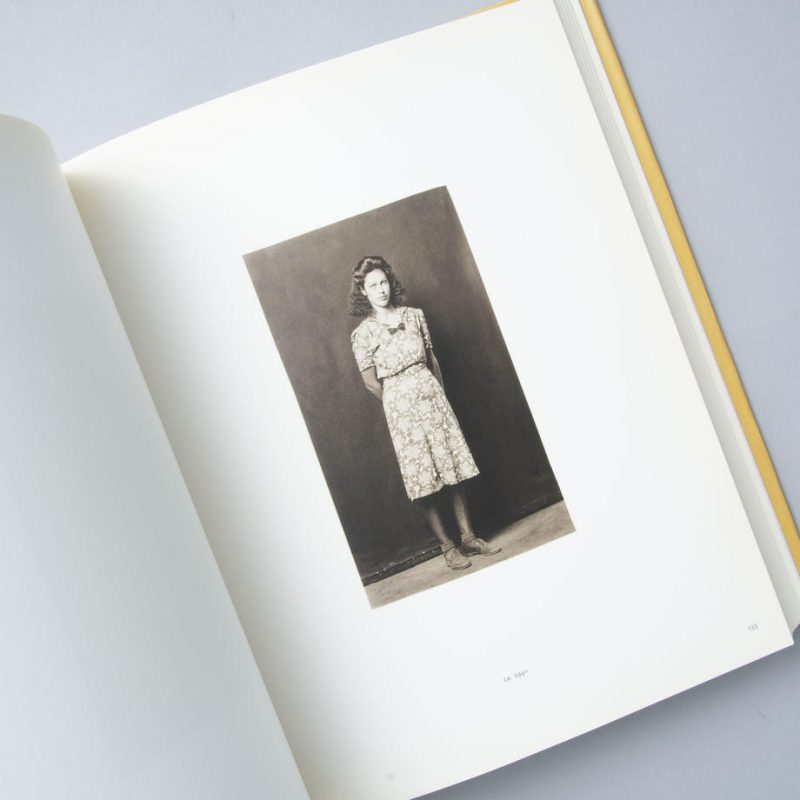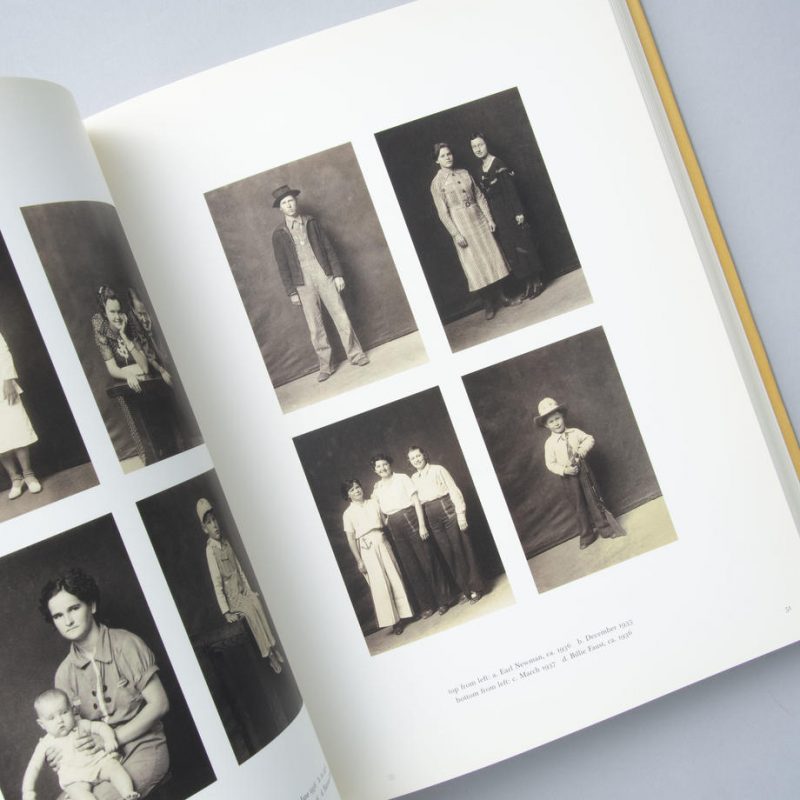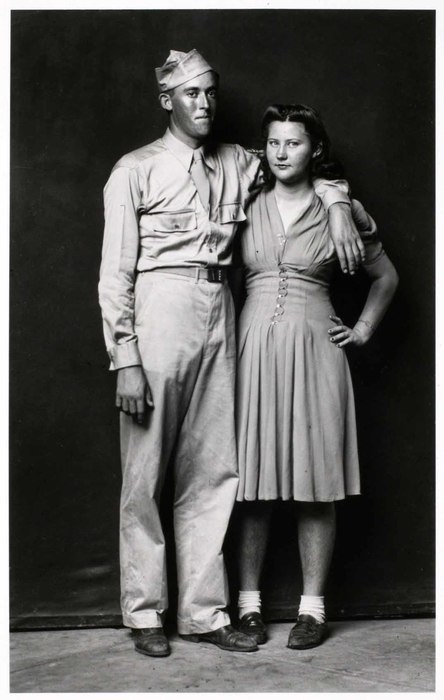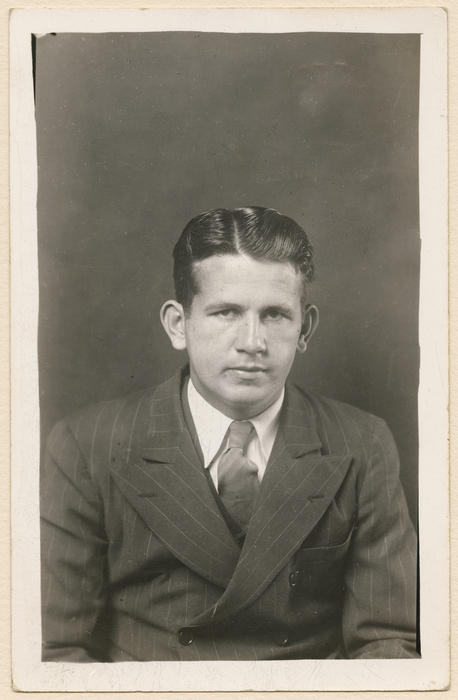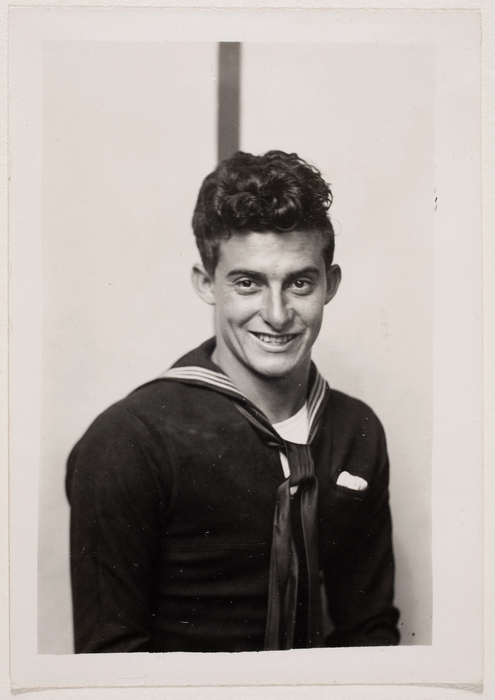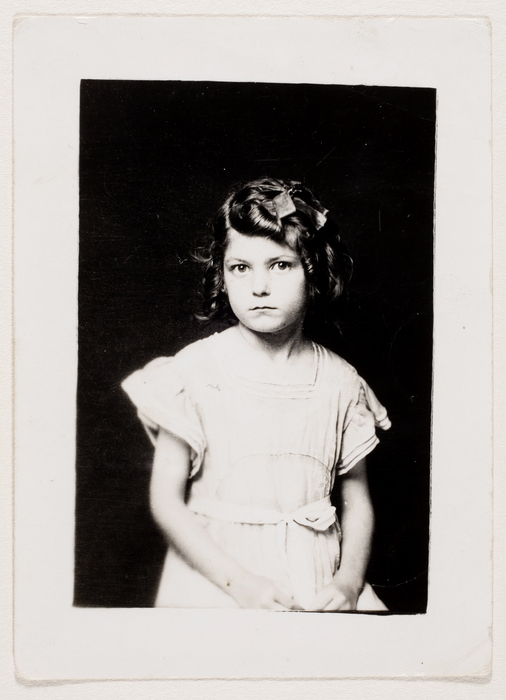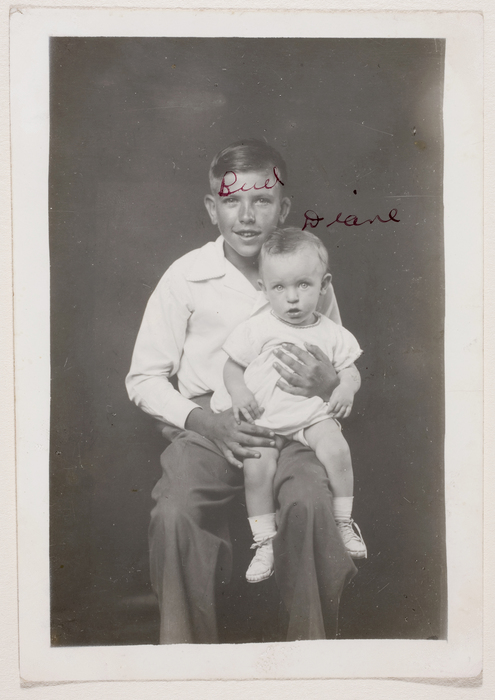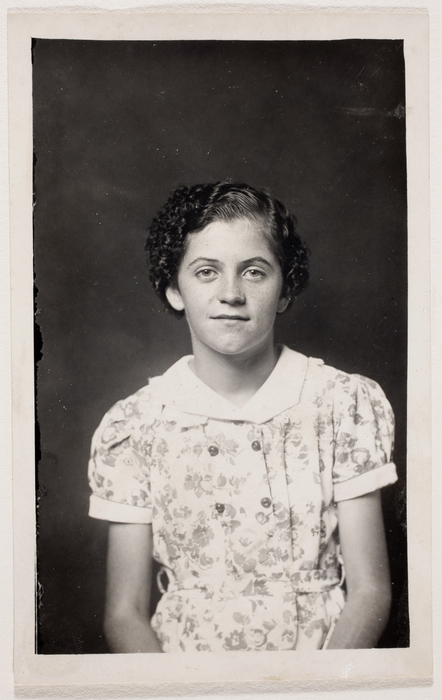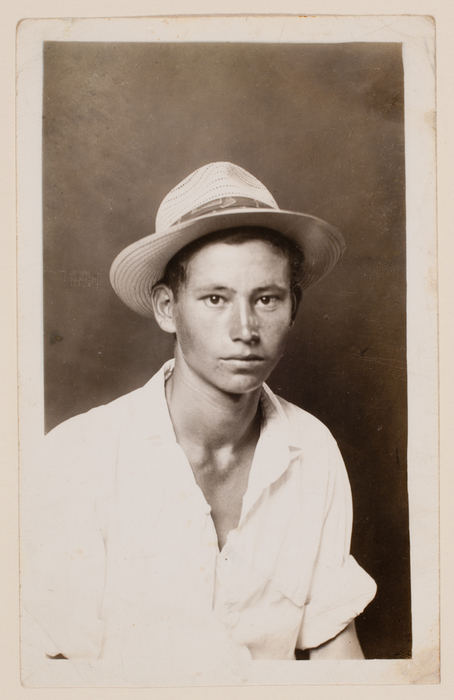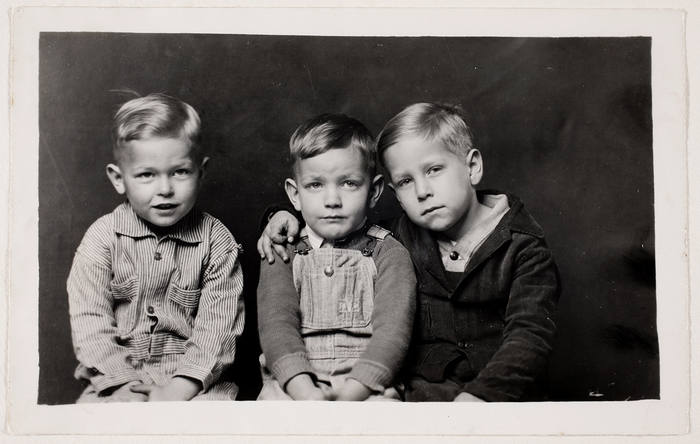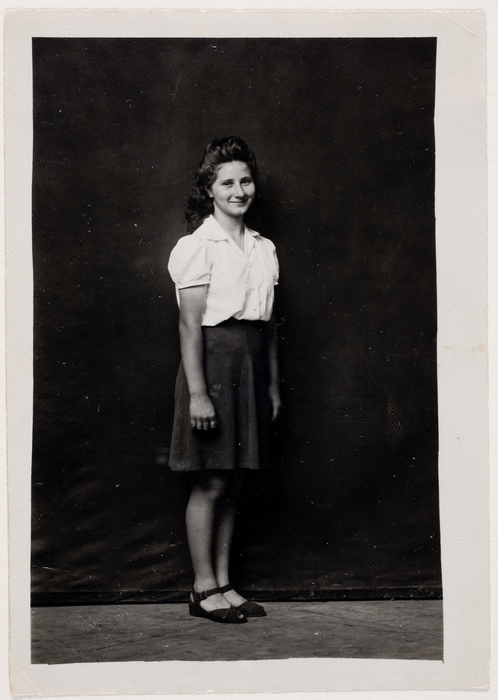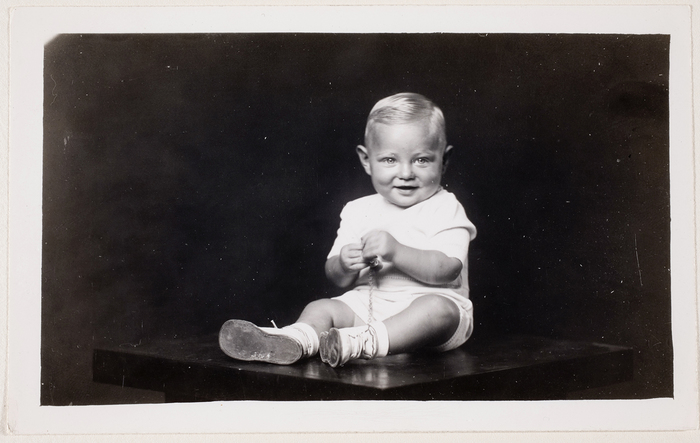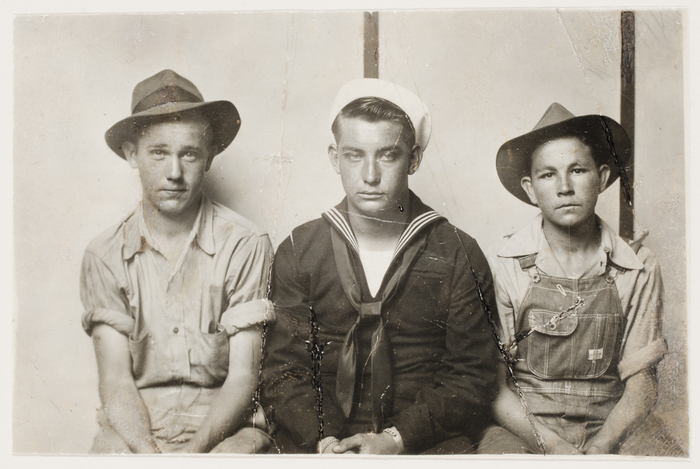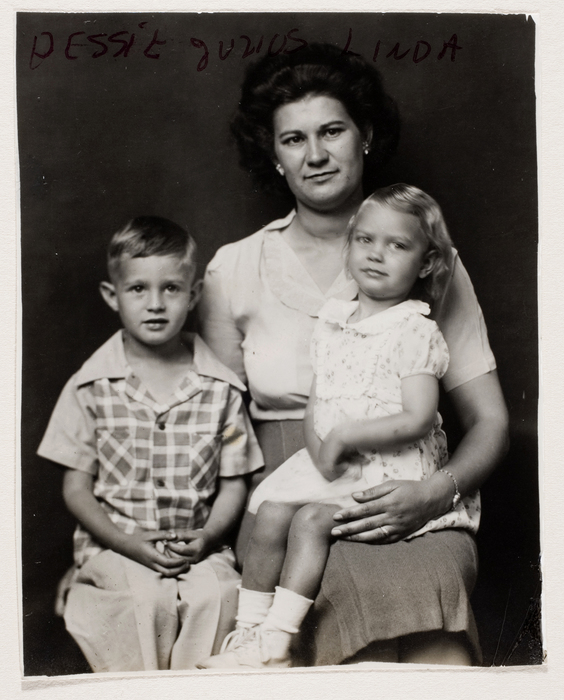‘DISFARMER’ by Steidl, 2006
- Publisher : STEIDL (March 27 2006)
- Language : English
- Hardcover : 239 pages
- Item weight : 300 g
- Dimensions : 20 x 3 x 25 cm
Asking USD$225. / still sealed in original wrapper
Mike Disfarmer
Last year, as The New York Times has reported, a young couple from Heber Springs, Arkansas offered a collector 50 family photographs, unassuming black-and-white studio portraits dating from the mid-twentieth century. That quiet sale, which raised the possibility that there were other vintage prints of Mike Disfarmerís work in area family albums, set off a competitive buying frenzy that had collectors going door to door through rural Arkansas, spendingmore than a million dollars on several thousand prints. Disfarmerís work had originally been discovered in crates of glass-plate negatives, found by the speculator who purchased his estate.
It was brought to light decades later in a series of books and exhibitions that set off consistent, continuing critical acclaim, but known only in posthumous reprints. Original Disfarmer Photographs is the first publication to present these vintage prints, made by Disfarmerís own hand at the time the pictures were taken–at once family mementos and the original work of one of Americaís greatest portraitists. Disfarmer spent half a century making studio portraits at pennies a picture to satisfy his rural clients, and creating a style of portraiture all his own.
Biography
Disfarmer was not a particularly social individual, and little is known about his life. He was born Mike Meyer in Indiana and moved to Arkansas with his parents in the late 1800s. After his father died in 1914, he moved with his mother to Heber Springs, where he constructed a photography studio on the back porch of their house. Around 1930, when a tornado killed his mother and destroyed his house, he built a new studio on Main Street, and established himself as the town photographer. He tended to keep to himself, and was considered strange and eccentric by many townspeople. He changed his name to Disfarmer after his mother’s death because he believed that a tornado had taken him from his real place of birth and deposited him with the Meyer family. Disfarmer used 5 x 7 inch glass plates early in his career and 3 ¼ x 5 ½ inch plates later, and he always made contact prints.
Handy et al. Reflections in a Glass Eye: Works from the International Center of Photography Collection, New York: Bulfinch Press in association with the International Center of Photography, 1999
